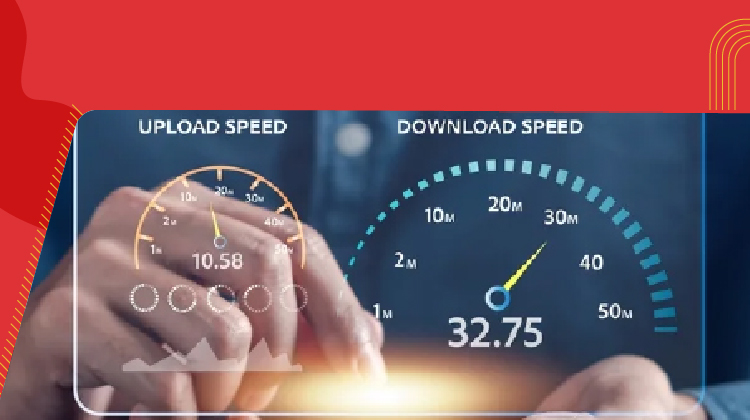Fibernet vs DSL vs Cable: What to choose?
Monday, Nov 09, 2020 · 3 minutes


GENERIC
Monday, Nov 09, 2020 · 3 minutes
When choosing an internet connection for your home or business, you will come across quite a few types of connections - cable internet, DSL connections, Fiber optic internet connections. It is common to get confused between these and have difficulty in choosing the right connection type for you. In this article, we will be outlining the key differences and the factors you need to keep in mind while picking one type over another.
DSL is an internet connection where data is transmitted over telephone lines. Telephone lines are made of copper, while copper is a great conductor, a DSL connection cannot move data as fast as a cable or fibernet internet connection. One crucial factor that will affect your decision on DSL is the distance between your home and the telephone provider’s office. This means that the farther you are from the main line, the weaker the signal, and the slower the internet connection.
Cable internet connections run on telephone lines which use coaxial cables to transmit data, and these can carry more bandwidth than a direct subscriber line connection. When compared to DSL, a cable connection’s connectivity does not depend on the distance. However, unlike a DSL connection, which is a dedicated telephone line, cable connections are usually shared among users. This would mean that the bandwidth gets divided among users, also a lesser secure option. In terms of speed, cable connections are 3 to 4 times faster than DSL and provide speeds to 10-50 Mbps usually.##BlogVASBanner##
Fiber optic cables are the latest technology in the internet service business. These connections make use of fiber optic cables which transmit data at the speed of light. Unlike cable or DSL, the transmission happens over glass and this is immune to all interferences. There are two broad types of fiber connections - direct internet access (DIA) and a fibernet broadband. Direct internet access is an option more commonly used by businesses as it is a dedicated internet line that provides more security and reliability of connectivity. Fibernet broadband is used by individuals at homes. Fibernet speeds range from 150 Mbps to 1000 Mbps
In terms of speed, fibernet internet connections deliver higher speeds when compared to DSL and cable connections, the speeds can range from 150 Mbps to 1000 Mbps. The major difference between DSL and cable is that cable uses coaxial lines to transmit data which carry more bandwidth. Whereas, DSL or direct subscriber line uses old telephone lines. Fibernet internet connections are more reliable, secure and fast when compared to DSL and cable internet connections. Fibernet connections also offer equal download and upload speeds, making it more desirable.
ACT Fibernet is a pioneer of fibernet technology in India. If you are looking for a high speed fibernet internet connection for your home or office, you can check out ACT Fibernet’s internet plans here.
76

The New Social: How High-Speed Internet is Redefining 'Quality Time' with Friends and Family
Read more257

How ACT SmartWi-Fi is Redefining Home Internet in 2025: The Age of AI-Powered Seamless Connectivity
Read more117

From Bandwidth to Intelligence: How AI Is Redefining Business Demands from ISPs
Read more
A referral link has been sent to your friend.
Once your friend completes their installation, you'll receive a notification about a 25% discount on your next bill
![]() Please wait while we redirect you
Please wait while we redirect you

![]() One of our representatives will reach out to you shortly
One of our representatives will reach out to you shortly

One of our representatives will reach out to your shortly
![]() Please wait while we redirect you
Please wait while we redirect you

Please enter your registered phone number to proceed

Please enter correct OTP to proceed


Dear customer you are successfully subscribed
Please wait while we redirect you

Your ACT Shield subscription has been successfully deactivated

Dear user, Your account doesn't have an active subscription

Dear customer Entertainment pack is already activated.
Please wait while we redirect you